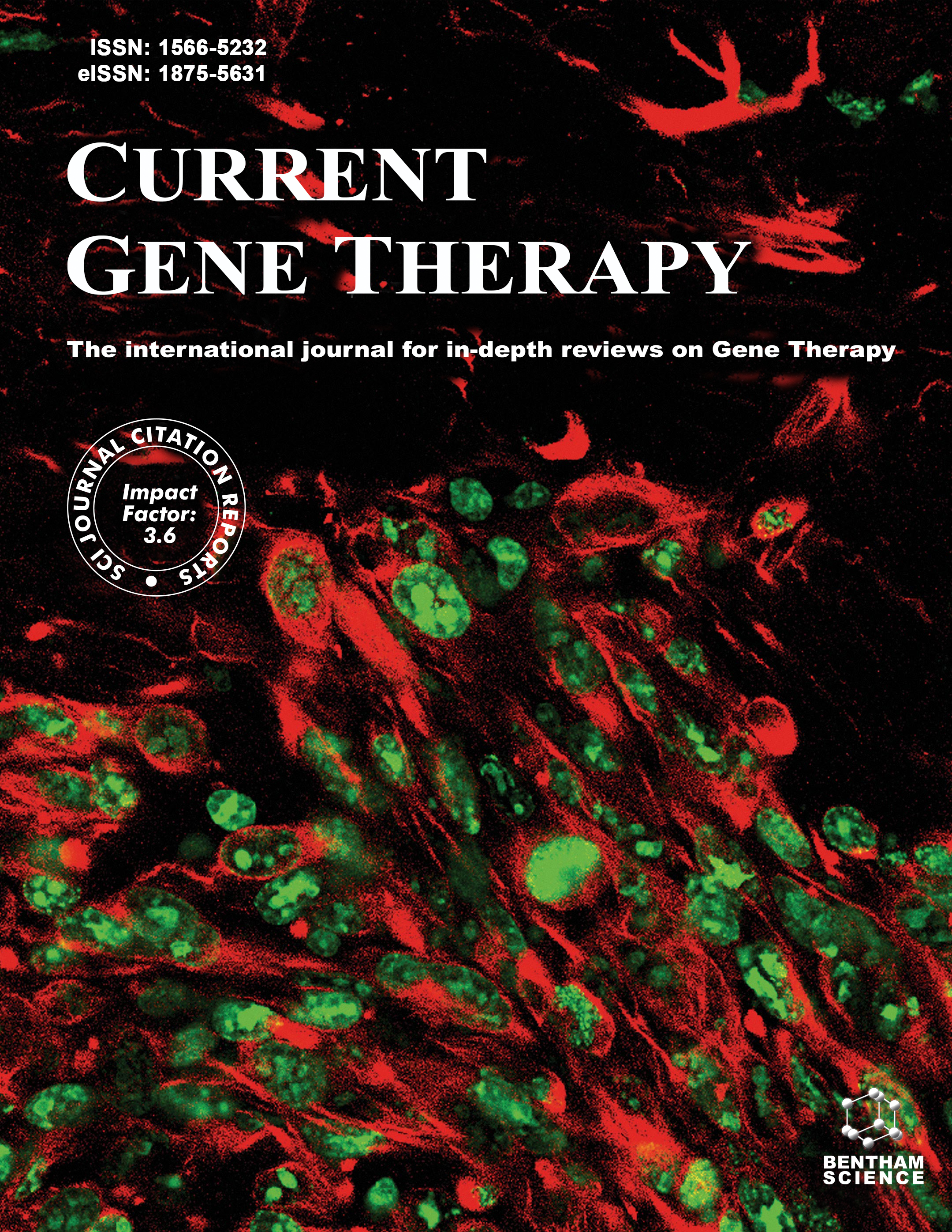
Full text loading...

Breast cancer remains a prevalent and diverse disease, significantly contributing to cancer-related deaths among women worldwide. Recent advancements in molecular biology have paved the way for targeted therapies and pharmacogenomics, which are crucial for developing personalized treatment strategies. This literature review synthesizes findings from recent studies on these approaches, emphasizing clinical trials, genomic profiling, and personalized medicine. It aims to focus on studies examining targeted treatments, such as human epidermal growth factor receptor-2 (HER2) inhibitors and CDK4/6 inhibitors, alongside pharmacogenomic data that influence drug metabolism, efficacy, and toxicity. Additionally, it examines the role of gene SNPs (Single Nucleotide Polymorphisms) correlated with treatment resistance, which have emerged as key biomarkers affecting therapeutic outcomes in breast cancer. These SNPs, found in genes involved in drug metabolism and tumor progression, contribute to variability in treatment responses and resistance in specific subtypes. They encompass various breast cancer subtypes, including hormone receptor-positive (HR+), HER2-positive, and triple-negative breast cancer (TNBC). The targeted therapies, particularly HER2 inhibitors, have markedly improved outcomes for specific subtypes. Furthermore, pharmacogenomics personalizes treatment by identifying genetic variations that affect drug response, optimizing therapy selection, and minimizing adverse effects. Despite these advancements, drug resistance remains a significant challenge, highlighting the necessity for ongoing research in molecular diagnostics and innovative therapeutic combinations. The literature suggests that precision medicine, driven by genomic profiling, pharmacogenomic data, and single nucleotide polymorphisms (SNPs) analysis, is enhancing treatment efficacy for breast cancer patients. HER2-positive and HR+ patients have especially benefitted from these targeted therapies while emerging treatments are addressing the complexities of TNBC. Additionally, genetic testing, such as BRCA1/2 mutation screening, is vital for guiding treatment decisions. Targeted therapies and pharmacogenomics have revolutionized breast cancer treatment, providing more personalized and effective care. Nevertheless, overcoming drug resistance and expanding access to genomic testing are essential for future advancements in this field.

Article metrics loading...

Full text loading...
References


Data & Media loading...